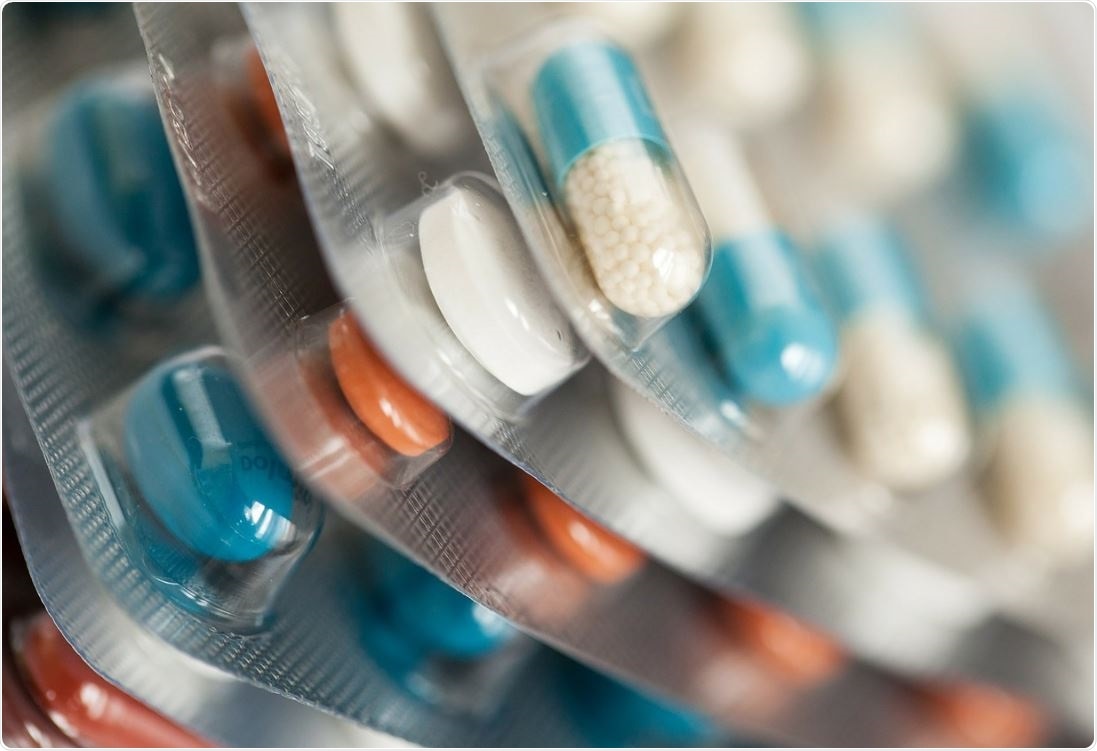Reviewed by Dan Hutchins, M.PhilAug 31 2021
A group of scientists from South Australian Health and Medical Research Institute (SAHMRI) and Flinders University has identified a connection between the type of microbiome that recolonizes the gut after antibiotics and the lessened lifespan in mice.

Image Credit: Pixabay.
The research published in the Cell Reports journal is the first of its kind to analyze the long-term effects of exposing normal healthy mice to antibiotics from the initial stage, monitoring the mice from the start to old age, 102 weeks later.
According to research project lead Professor David Lynn, an EMBL Australia Group Leader at SAHMRI and Flinders University, earlier research examining the causative link between gut microbiota and lifespan has mostly been limited to invertebrates and mice with lesser lifespan owing to genetic deficiency.
This is the first time we’ve been able to monitor the impact that changes in gut microbiome due to antibiotics in early life can have on mice throughout their normal lifespan.”
David Lynn, Professor, South Australian Health and Medical Research Institute
Following antibiotics, microbiome diversity was highly depleted. The scientists observed that the gut was repopulated with one of two dominant types of microbiota, which they named “PAM I” and “PAM II”.
Mice with PAM II microbiome displayed increased insulin resistance in later life, indicating metabolic dysfunction, as well as significantly higher levels of inflammation in multiple different tissues including the blood, liver and brain. The PAM II mice died at approximately double the rate compared to those that were repopulated with the PAM I microbiota, even though both groups were littermates exposed to the same antibiotics.”
David Lynn, Professor, South Australian Health and Medical Research Institute
The impacts were seen even when the composition of microbiota in both groups of antibiotic exposed mice reverted to normal in the weeks following antibiotic exposure and long before the harmful impacts on inflammation and metabolism were seen in the PAM II mice.
Our data suggests that the type of microbiome that repopulates the gut after antibiotics has the potential to reprogram the mammalian immune system with long-lasting effects including on longevity.”
David Lynn, Professor, South Australian Health and Medical Research Institute
Earlier research works in humans connected antibiotics to a litany of long-lasting health impacts, but have frequently showcased diverse results between different people and different research.
According to Professor Lynn, the latest research indicates that this variability may be because of the type of microbiome that repopulates after antibiotics, instead of the depletion of the microbiome during antibiotic exposure.
Furthermore, to substantiate that the results were because of the differences in microbiome recovery and not due to antibiotics, the scientists went further and colonized mice with no microbiome, called “germ-free,” with the PAM I and PAM II microbiome.
These experiments revealed modifications in the immune system of germ-free mice colonized with the PAM I microbiota as against the PAM II microbiota.
Professor Lynn adds that those mice with PAM II generally had a higher inflammatory immune system.
“These data suggest that differences in the microbiota following antibiotics in early life can reprogram the immune system long-term, with the consequences of this reprogramming emerging later in life, including effects on immunity, metabolism, and even lifespan,” Professor Lynn concluded.
Source:
Journal reference:
Lynn, M. A., et al. (2021) The composition of the gut microbiota following early-life antibiotic exposure affects host health and longevity in later life. Cell Reports. doi.org/10.1016/j.celrep.2021.109564.